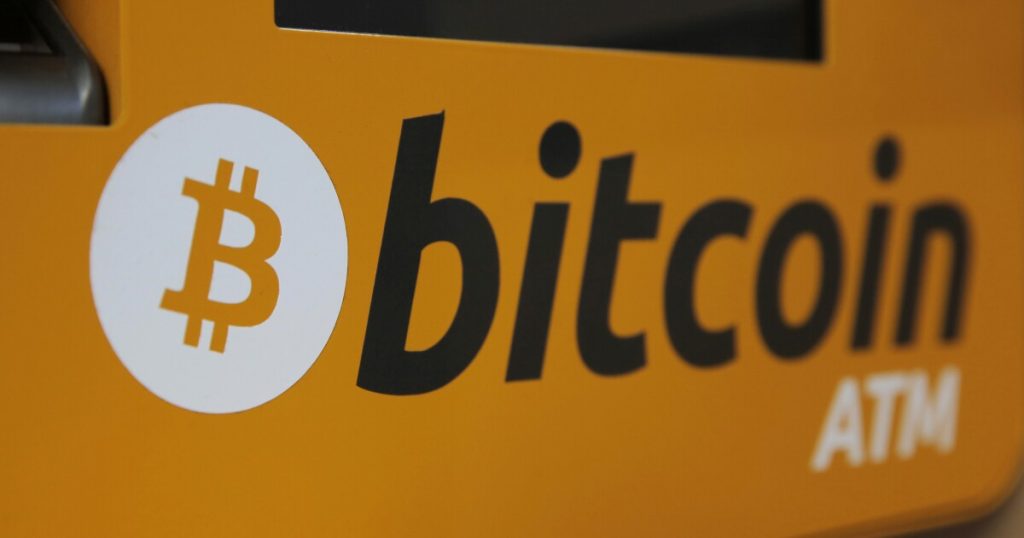Understanding Cryptocurrency with Timothy O’Donovan
Welcome to San Diego! I’m Jade Hindman. If cryptocurrency and its future seem perplexing to you, we have a finance professor ready to clarify it all. This is KPBS Midday Edition, where we connect our communities through conversation. Terms like cryptocurrency, blockchain, and Bitcoin have been part of our discussions for some time, yet their meanings and workings often feel elusive. Joining us is Timothy O’Donovan, a finance professor from the University of San Diego. Welcome, Timothy!
Timothy explains that before understanding cryptocurrency, it’s essential to grasp what a blockchain is. A blockchain is merely a database that stores information. Think of it as a digital notebook for tracking payments and accounting transactions. Each page in this notebook represents a “block.” While blockchains have existed for many years, the game-changing aspect is how they are interlinked with cryptocurrencies, which offer digital means to verify transactions through numerous global participants who receive cryptocurrency tokens for ensuring accuracy.
Timothy uses the analogy of Venmo to explain this concept. Venmo, owned by PayPal, employs staff to verify transaction accuracy and charges fees for their services. In contrast, blockchain technology allows independent verifiers worldwide to earn cryptocurrency for their validation efforts, significantly reducing transaction costs to almost zero. He highlights that regardless of whether we’re discussing banks or corporations, blockchain promises a more efficient, cost-effective way to maintain transaction records.
Timothy is a strong advocate for blockchain and cryptocurrencies. He references a telegram from 1873, detailing a $300 wire transfer from New Orleans to New York costing $9—a 3% fee. He suggests that in our current digital age, transaction fees should be significantly lower, especially when many people rely on digital money. He emphasizes that cryptocurrencies, much like gold, derive their value from belief and collective participation within the blockchain ecosystem.
A common criticism against cryptocurrency is its potential for fraud and money laundering due to its anonymity. Timothy counters this perspective, stating that cash remains the most anonymous asset and consequently the most misused. Moreover, cryptocurrency transactions are traceable through digital records that can be scrutinized, making them preferable for law enforcement compared to cash transactions.
Timothy notes that younger generations are increasingly turning to cryptocurrency as they become disillusioned with traditional banking systems, which often impose high fees. They tend to switch banks frequently and are more tech-savvy. The financial crisis of 2008 left a lasting impression on this demographic, highlighting feelings of corruption and high costs associated with conventional banks.
Finally, Timothy warns of potential scams in the cryptocurrency space and suggests that the safest approach is to focus on the leading cryptocurrencies. He encourages people to familiarize themselves with the top-performing coins, start with smaller investments, and recognize that while volatility exists, informed engagement will likely yield better outcomes.



